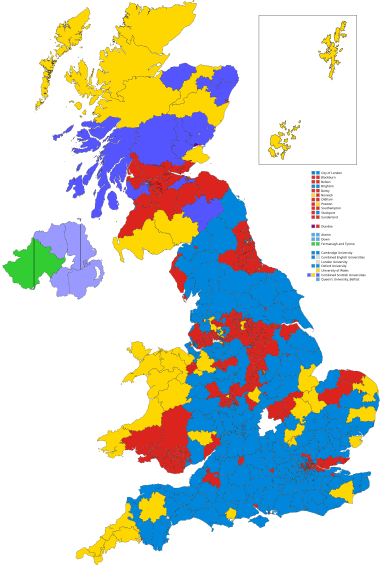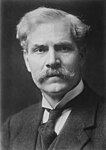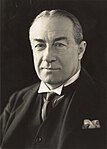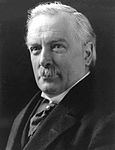
Back যুক্তরাজ্যের সাধারণ নির্বাচন, ১৯২৯ Bengali/Bangla Všeobecné volby ve Spojeném království 1929 Czech Etholiad cyffredinol y Deyrnas Unedig, 1929 Welsh Parlamentsvalget i Storbritannien 1929 Danish Britische Unterhauswahl 1929 German Elecciones generales del Reino Unido de 1929 Spanish Élections générales britanniques de 1929 French הבחירות הכלליות בבריטניה 1929 HE Pemilihan umum Britania Raya 1929 ID Elezioni generali nel Regno Unito del 1929 Italian
| |||||||||||||||||||||||||||||||||||||||||||||||||
All 615 seats in the House of Commons 308 seats needed for a majority | |||||||||||||||||||||||||||||||||||||||||||||||||
|---|---|---|---|---|---|---|---|---|---|---|---|---|---|---|---|---|---|---|---|---|---|---|---|---|---|---|---|---|---|---|---|---|---|---|---|---|---|---|---|---|---|---|---|---|---|---|---|---|---|
| Turnout | 76.3% ( | ||||||||||||||||||||||||||||||||||||||||||||||||
| |||||||||||||||||||||||||||||||||||||||||||||||||
 Colours denote the winning party—as shown in § Results | |||||||||||||||||||||||||||||||||||||||||||||||||
 Diagram displaying the composition of the House of Commons following the election | |||||||||||||||||||||||||||||||||||||||||||||||||
| |||||||||||||||||||||||||||||||||||||||||||||||||
The 1929 United Kingdom general election was held on Thursday, 30 May 1929, and resulted in a hung parliament. Ramsay MacDonald's Labour Party won the most seats in the House of Commons for the first time despite receiving fewer votes than the Conservative Party, led by Prime Minister Stanley Baldwin. The Liberal Party, led again by former Prime Minister David Lloyd George, regained some of the ground lost in the 1924 general election and held the balance of power. Parliament was dissolved on 10 May.[1]
The election was often referred to as the "Flapper Election", because it was the first in which women aged 21–29 had the right to vote (owing to the Representation of the People Act 1928). Women over 30, with some property qualifications, had been able to vote since the 1918 general election, but the 1929 vote was the first general election with universal suffrage for adults over 21, which was then the age of majority.
The election was fought against a background of rising unemployment, with the memory of the 1926 general strike still fresh in voters' minds. By 1929, the Cabinet was being described by many as "old and exhausted".[2]
The Liberals campaigned on a comprehensive programme of public works under the title "We Can Conquer Unemployment". There was anticipation of a potential revival of the Liberal Party after the reunification of Independent Liberals and National Liberals now under Lloyd George's leadership since 1926 and following some victories in a series of recent by-elections after 1926.[3] The incumbent Conservatives campaigned on the theme of "Safety First", with Labour campaigning on the theme of "Labour & the Nation".
This was the first general election to be contested by the newly formed Welsh nationalist party Plaid Cymru.
It stood as the last time when a third party polled more than one-fifth of the popular vote until 1983. The Liberals performed more successfully than at the previous general election in 1924, but could not regain their pre-World War I status as a party of government.[3]
Cite error: There are <ref group=note> tags on this page, but the references will not show without a {{reflist|group=note}} template (see the help page).
- ^ "Parliamentary Election Timetables" (PDF) (3rd ed.). House of Commons Library. 25 March 1997. Retrieved 3 July 2022.
- ^ Doerr 1998, pp. 104–5.
- ^ a b Campbell, John (2010). Pistols at Dawn: Two Hundred Years of Political Rivalry from Pitt and Fox to Blair and Brown. London: Vintage. p. 192. ISBN 978-1-84595-091-0. OCLC 489636152.


